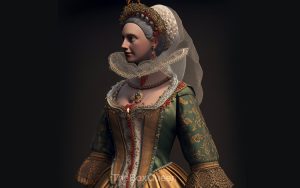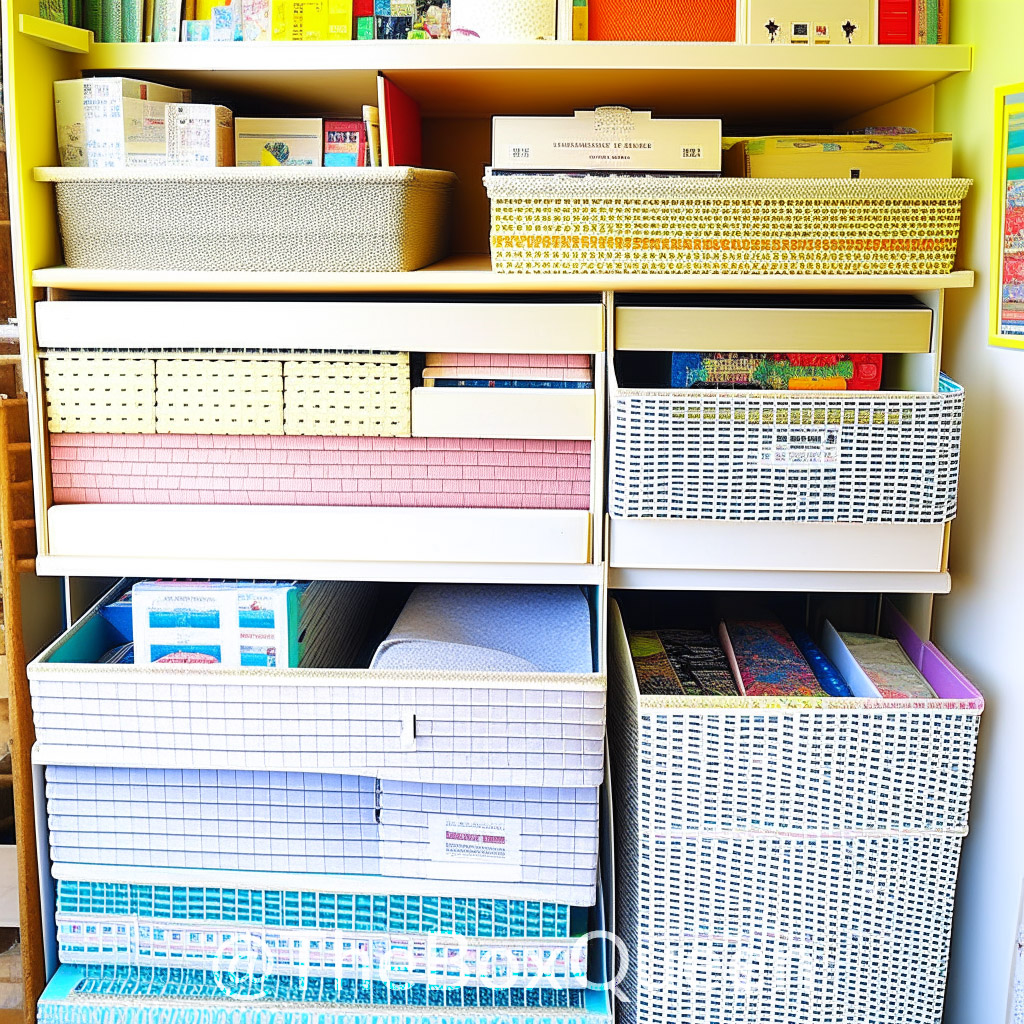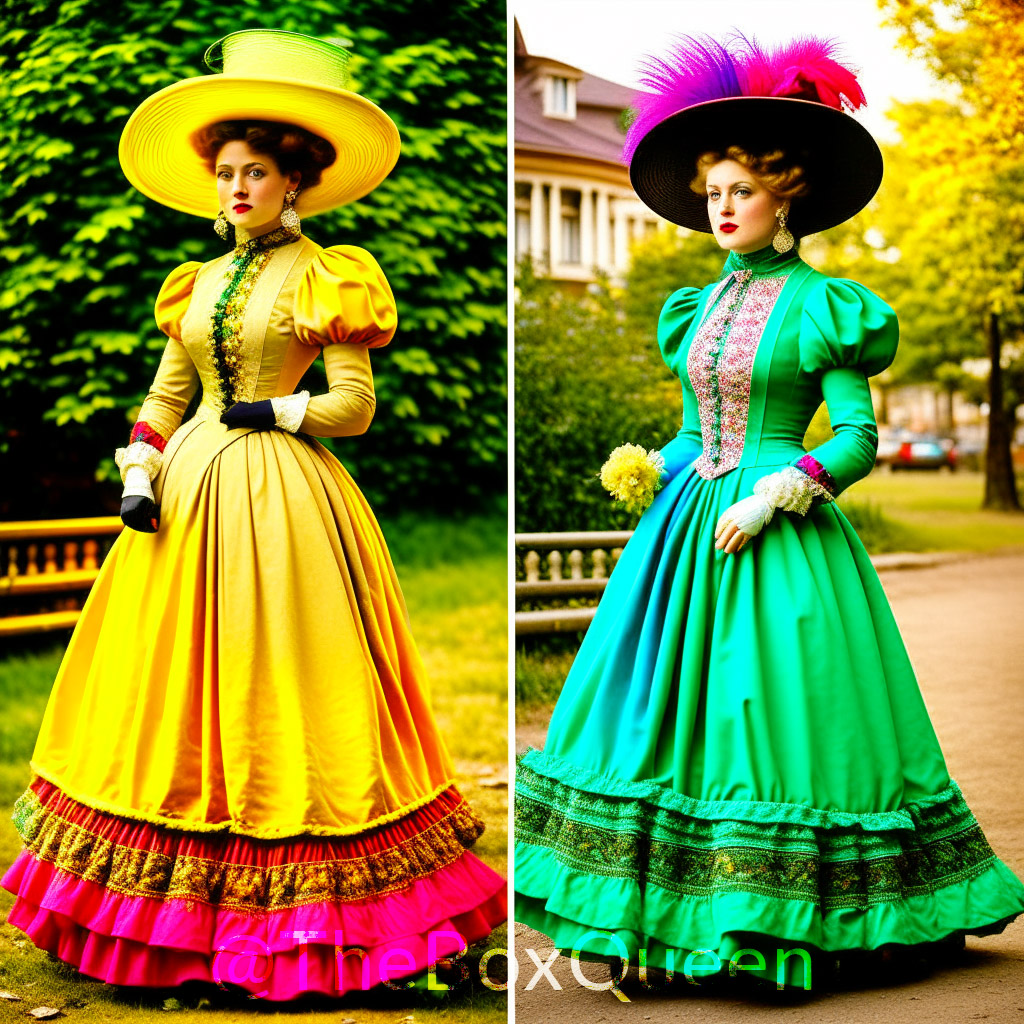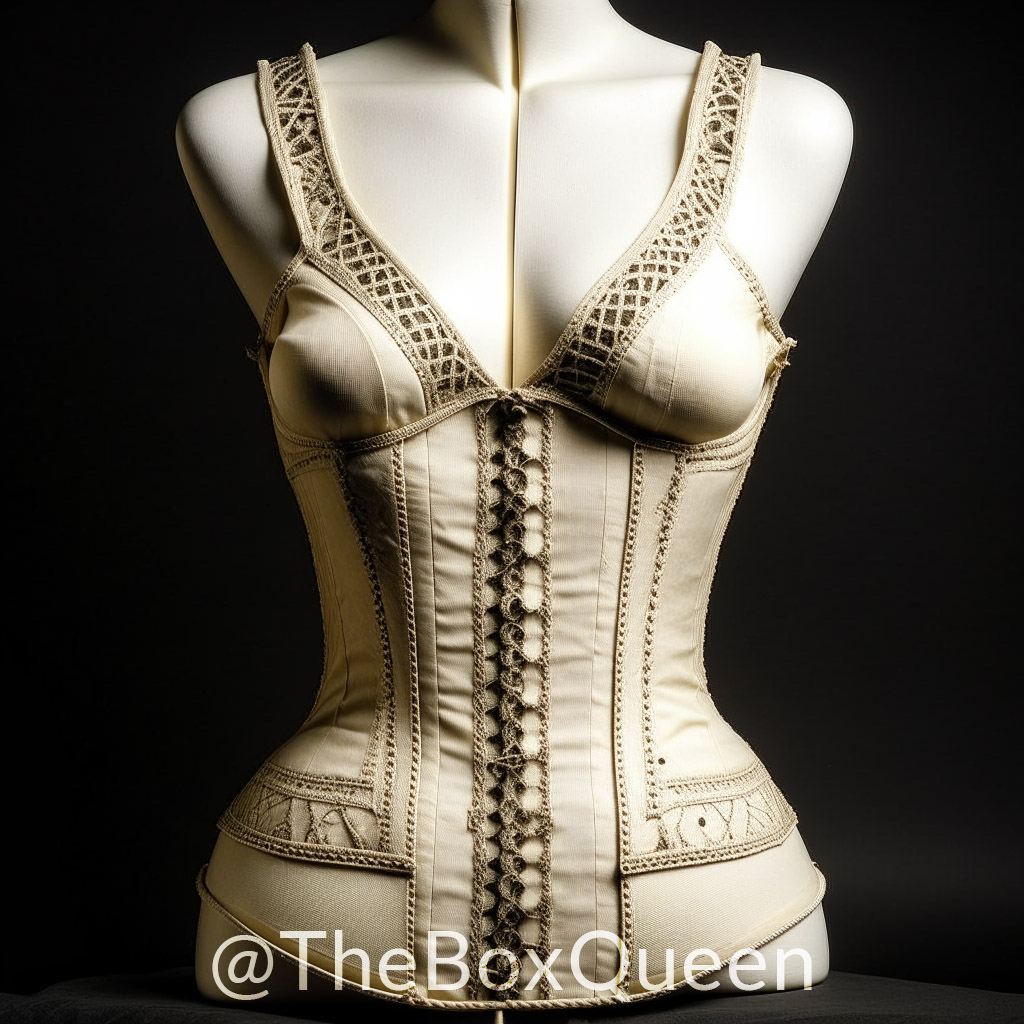The cloth you choose can make or break the authenticity of your outfit in the field of Historical costumes. There are numerous elements to take into account when choosing the correct fabric for your project, from natural possibilities like wool and linen to synthetic choices like polyester and nylon. This article will examine the various fabric kinds that are most appropriate for historical costumes, as well as the advantages and disadvantages of natural and synthetic materials, fabric options specific to particular time periods, and advice for maintaining and caring for your fabrics Check Out Our Recommended Book.
What types of fabric are best suited for historical costuming?
When making historical costumes, it is best to use materials that were accessible at the time the outfit is being worn. For an outfit from the 18th century, for instance, cotton, linen, and silk would be suitable options. Cotton, wool, and velvet would be acceptable for a 19th-century attire. Additionally, it’s critical to take into account the sort of item being manufactured, as some forms of apparel may respond better to particular textiles. For a coat, heavier woolen materials would be preferable, but a blouse or dress would be more suited to light cotton or silk.
The Ultimate Guide to Fabric Selection for Historical costumes
There are a few important things to take into account while choosing cloth for historical costumes:
- Time Period:
The cloth should be suitable for the era that the outfit is meant to represent. For instance, velvet and wool were more fashionable in the 19th century compared to the 18th century’s preference for cotton and linen.
- Garment type:
The fabric used will depend on the kind of garment being produced. Coats should be made of heavier wool, but blouses and dresses should be made of lighter cotton or silk.
- Quality:
To make sure the end item is robust and appears real, choose high-quality textiles. Synthetic fibres are frequently thought to be inferior to natural fibres like cotton, linen, and silk.
- Color:
Choose colours that fit the era in which they were used. For instance, compared to the 19th century, bright colours were less frequent in the 18th.
- Fabric weight:
Take into account the fabric’s weight for the garment you are sewing. While heavier textiles are preferable for colder weather, lighter fabrics are ideal for summer clothing.
- Cost:
If you’re on a tight budget, it’s especially crucial to take the price of the cloth into account. Natural fibres tend to be of higher quality and more authentic-looking than synthetic fibres, although they are frequently more expensive.
- Authenticity:
The most crucial aspect to take into account when selecting cloth for historical costumes is authenticity. Try to match the fabrics as closely as you can to those that were actually in use during the historical period you are reenacting.
It’s important to remember that current cloth can be used to create an antique-inspired aesthetic. It’s crucial to remember that a lot of the textiles that were once widely used are either no longer manufactured or are made in very small amounts and can be rather pricey.
Types of historical fabrics
History has produced a wide variety of materials that have been worn during various eras. Here are a few illustrations:
- Linen:
The flax plant’s fibers are used to make linen, a fabric that was widely used in antiquity, the Middle Ages, the Renaissance, and the eighteenth century. It is popular for being cool and absorbent, making it a wonderful choice for summer clothing.
- Wool:
A material created from sheep, goats, or other animals’ hair. In the Middle Ages, wool was a frequently utilized material for clothing, blankets, and other household products. Although it is a warm and sturdy fabric, delicate skin should avoid it because of its potential for itchiness.
- Silk:
Silk: It is well-known for its sheen and drape, is incredibly comfortable to wear, and works well for formal attire.
- Cotton:
a fabric manufactured from cotton plant fibres, was widely used in the 18th and 19th centuries. It is a strong, cosy, and adaptable fabric that may be used for many different types of clothing.
- Velvet:
Velvet is a material made of silk, cotton, or synthetic fibres that is distinguished by its velvety pile and smooth exterior. It is frequently used for upholstery and formal apparel, and it was popular during the Renaissance and 19th century.
- Damask:
Damask is a fabric with a glossy surface with a reversible design that is made of silk, cotton, or linen. It is frequently used for formal attire, upholstery, and linens and was prominent throughout the Renaissance.
- Brocade:
A raised pattern and metallic threads define this fabric, which can be composed of silk, cotton, or synthetic fibres. It is frequently used for formal attire, upholstery, and linens and was prominent throughout the Renaissance.
Noting that materials and textile production techniques vary over time and across places, it is important to keep in mind that these are broad recommendations. To have a more realistic understanding of the fabrics that were available and used during that time period, it is crucial to conduct research on the particular time period and region you are recreating.
Natural vs synthetic fabrics
Natural fabrics are created from fibres such as cotton, linen, silk, and wool that are derived from plants or animals. Contrarily, synthetic fabrics are created from synthetic materials including polyester, nylon, and acrylic.
When it comes to historical costumes, natural fibres have a variety of advantages over synthetic fabrics. They frequently have a better build and a more genuine appearance. Additionally, they frequently have a better breathability and comfort level. Natural fibres also have a tendency to be stronger and survive longer than synthetic ones.
On the other hand, synthetic materials have a tendency to cost less and might be more widely accessible than natural fabrics. They are frequently easier to maintain and more wrinkle-resistant. However, they might not look and feel the same as natural materials, and they might be less comfortable to wear, especially in warm or muggy weather.
Natural textiles are typically the greatest choice when it comes to historical costuming because they will produce a more realistic look and feel. However, there are several circumstances in which synthetic materials can be employed, such as when cost or availability are issues.

Period-Specific fabric choices
The following examples of materials that were often used throughout various time periods are some period-specific fabric options for historical costuming:
- Ancient Egypt:
The most widely used material in ancient Egypt was linen. It was created from the flax plant’s fibres and used to build furniture, bedding, and other home goods.
- Middle Ages:
Wool was the most widely used fabric during the middle Ages. It was used to create domestic goods like blankets, clothing, and furniture.
- Renaissance:
During the Renaissance, textiles like velvet, damask, and brocade were very popular. They were used to create tapestries, garments, and other home decor.
- 18th century:
Cotton and linen were widely used as fabrics in the 18th century. They were utilised to create furniture, bedding, and other home goods.
- 19th century:
Velvet, cotton, and wool were fashionable textiles in the nineteenth century. They were used to create blankets, clothes, and other home furnishings.
- 20th century:
During the 20th century, particularly during the post-war era, synthetic textiles like polyester and nylon gained popularity. They were used to create common objects like clothing, household goods, and other things.
Noting that materials and textile production techniques vary throughout time and across regions, these are merely broad suggestions. To have a more realistic understanding of the fabrics that were available and used during that time period, it is crucial to conduct research on the particular time period and region you are recreating.
Durability and care considerations
When choosing fabric for historical costumes, it’s necessary to take care and durability into account. The following points should be remembered:
- In general, natural fibers like cotton, linen, and silk are more enduring than synthetic ones. Additionally, they frequently feel and seem more genuine, and they are usually more comfortable to wear. They might need more upkeep and care than synthetic textiles, though.
- Velvet and wool are more resilient than other fabrics, but they might be more work to maintain. They should be stored in a cool, dry area to prevent damage and may need to be dry cleaned.
- Natural fibers are typically more long-lasting than synthetic fabrics, while synthetic materials are frequently simpler to maintain. They might be machine washable and ironable at high heat. They might not, however, look and feel like natural materials do.
- Darker-colored fabrics may take more staining and wear than lighter-colored ones. When choosing fabric for a historical costumes that will be worn frequently, keep this in mind.
Take into account the fabric’s weight for the garment you are sewing. While heavier textiles are preferable for colder weather, lighter fabrics are ideal for summer clothing. Read the care instructions and pre-wash the cloth before using it since some textiles may be prone to shrinkage or fading.
How can I source authentic fabrics for my historical costumes?
There are various possibilities to think about when it comes to finding genuine fabrics for historical costumes:
Online Resources for Authentic Fabrics:
Online markets: For real vintage and antique fabrics, websites like Etsy and eBay and Amazon can be a terrific resource.
Online fabric shops: Some online fabric shops, including Fabric.com, Tissura, and Mood Fabrics, focus on historical and replica fabrics.
Online historical textile reproductions: Some businesses, including Dames a la Mode and Reconstructing History, specialize in creating replicas of historical fabrics.
Historical Textile Reproductions
Reproductions of historical textiles: A number of businesses, like Dames a la Mode and Reconstructing History, focus on creating fabrics that are exact replicas of the textiles worn at various points in history.
Sourcing from Museums and Textile Archives
Museums: A lot of museums have collections of textiles from many eras, and some of them could be prepared to lend or buy materials for use in historical costumes.
Textile archives: Textile archives often include a large selection of materials that can be used for historical costumes, such the Textile Research Center.
Working with Textile Experts
Textile specialists: Some textile specialists, including textile conservators, have expertise of historical fabrics and may offer guidance on where to find and how to care for them.
Groups for historical costumiers and re-enactors: These organizations are an excellent place to locate authentic textiles and make connections with other people who have a passion for historical costuming.
It’s vital to remember that real historical fabrics might be pricey and difficult to find. Modern fabrics can occasionally be used as an alternative, if they have the same appearance and texture as the historical fabric and are appropriate for the historical era you are reproducing.
How do I determine the authenticity of a fabric for a historical costumea?
There are a number of things to take into account when establishing the authenticity of a cloth for a historical costumes:
Evaluating Fiber Content
Fiber content: Indicators of a fabric’s genuineness can be found in the type of fibres used to produce it. For instance, whereas cotton and silk were more popular throughout the 18th and 19th centuries, linen was a prominent fabric during antiquity.
Construction Techniques
Techniques used in construction: A fabric’s construction can also reveal information about its legitimacy. For instance, hand-woven fabrics used to be more prevalent than they are now, and some weaves, like twill or satin, are also more historically accurate.
Dyeing Techniques
Methods of dying: A fabric’s process of dying can also reveal information about its authenticity. In the past, natural rather than synthetic colours were more prevalent, and some colours, like indigo or madder, are also more historically accurate.
Historical Documentation
Historical documentation: Researching the historical accounts of the time and place you are reenacting might help you get a sense of the types of materials that were in style at the time.
Consulting Experts
Consulting experts: Textile specialists, such textile conservators, can offer guidance on a fabric’s authenticity as well as on how to care for and preserve it.
It’s important to remember that it’s not always feasible to know for sure whether a fabric is authentic, and that in some situations it could be essential to make educated estimates based on the information at hand. Additionally, it’s critical to remember that realism is not always the most crucial aspect, particularly if you’re on a tight budget or creating a costume for a reenactment event. In those circumstances, it’s more crucial to pick a fabric that resembles the historical fabric in both appearance and feel and is acceptable for the historical era you are reproducing.
What are some common fabric choices for specific historical eras?
In terms of historical costume, various materials were more frequently utilised during particular periods. Here are a few instances of typical fabric selections for particular historical eras:
Medieval Fabrics
Wool: During the middle Ages, wool was the most widely used material for clothing, blankets, and other household things.
Linen: The middle Ages saw extensive use of linen, which was used to manufacture clothing, bedding, and other household products.
Revolutionary Fabrics
Velvet: During the Renaissance, velvet was a fashionable fabric that was used to create tapestries, clothes, and other beautiful goods.
Damask: A fabric with a glossy surface and reversible design, damask was also widely used throughout the Renaissance and is frequently used for formal apparel and linens.
Brocade: A fabric with a raised pattern and metallic threads, brocade was also frequently used throughout the Renaissance. It is used for formal apparel, furniture, and linens.
Georgian Fabrics
Cotton: During the Georgian era, cotton was a widely used fabric for making clothing, bedding, and other household things.
Silk: During the Georgian era, silk was also frequently utilised to create elegant attire and accessories.
Linen: During the Georgian era, linen was also frequently utilised to create clothing, bedding, and other household products.
Victorian Fabrics
Wool: During the Victorian era, wool was a popular fabric that was used to manufacture garments, blankets, and other home furnishings.
Cotton: During the Victorian era, cotton was also widely utilised to manufacture clothing, bedding, and other household products.
Velvet: During the Victorian era, velvet was also frequently used to produce formal apparel and furnishings.
Victorian textiles
Cotton: During the Edwardian era, cotton was a popular fabric that was used to manufacture clothing, bedding, and other household things.
Silk: During the Edwardian era, silk was also frequently utilized to create formal attire and accessories.
Lace: During the Edwardian era, lace was also frequently utilized to create formal attire, lingerie, and accessories.
1920s Fabrics
Silk: During the 1920s, flapper dresses, evening gowns, and other apparel items were made from silk, which was a fashionable fabric.
Rayon: A synthetic fabric that was used to produce apparel during the 1920s, rayon was also widely utilised at the time. It was less expensive than silk and had a comparable appearance.
1930s Fabrics
Wool: During the 1930s, wool was a popular fabric that was used to create suits, jackets, and other articles of apparel.
Cotton: During the 1930s, cotton was also widely utilised to create dresses, blouses, and other types of clothes.
Rayon: A synthetic fabric that was used to produce apparel during the 1930s, rayon was also widely utilised at the time. It was less expensive than silk and had a comparable appearance.

1940s Textiles
Wool: During the 1940s, wool was a popular fabric that was used to create suits, jackets, and other articles of apparel.
Cotton: During the 1940s, cotton was also widely utilised to create dresses, blouses, and other articles of apparel.
Rayon: A synthetic fabric that was used to produce apparel during the 1940s, rayon was also widely utilised at the time. It was less expensive than silk and had a comparable appearance. It was also a more accessible substitute for the rationed wool and silk used during the war.
Noting that materials and textile production techniques vary over time and across places, it is important to keep in mind that these are broad recommendations. To have a more realistic understanding of the fabrics that were available and used during that time period, it is crucial to conduct research on the particular time period and region you are recreating. Choosing textiles for a historical costume also requires taking into account the social and economic climate of the period because fashion trends change throughout time.
How can I tell if a fabric is suitable for a specific type of historical garment?
There are a number of things to take into account while choosing materials for particular styles of historical clothing:
Fabrics for Dresses
- Different types of textiles were frequently used for dresses from various ages. A Victorian clothing might be made of cotton or silk, but a mediaeval dress might be made of wool.
- When selecting a fabric for a dress, take into account the weight and drape of the material. Evening gowns should be made of flowy, light materials like silk or chiffon, whereas day dresses should be made of heavier materials like wool or cotton.
- The sort of clothing you’re constructing will also influence the fabric you use. For instance, a full-skirted ball gown might need more material than a straightforward day dress.
Outerwear Fabrics
- Materials that are both warm and durable are frequently needed for outerwear clothing like coats, jackets, and cloaks. For outerwear, wool, tweed, and velvet are all suitable materials.
- Pay attention to the weather; if the item of clothing is for cold weather, it should be made of thick, warm fabric; if the weather is moderate, a lighter material can be chosen.
- When selecting a fabric, keep the outerwear garment’s style in mind. A casual jacket, on the other hand, might be made of denim or canvas, whereas a formal coat, for instance, might be made of wool or velvet.
Undergarment fabrics
- Lightweight, breathable, and comfortable textiles are frequently required for undergarments like corsets, petticoats, and chemises. Undergarments made of cotton, linen, or silk are all suitable options.
- When selecting a fabric, take into account the type of undergarment you’re constructing. For instance, a corset could need a stronger material like coutil or canvas, whereas a chemise might need a lightweight, breathable material like cotton or linen.
The appropriate fabric for a particular sort of historical clothing will depend on the time period, locality, and social context of the garment; it’s crucial to remember that these are broad principles. Consulting experts in the field of historical costuming is a good idea to gain a better understanding of the costume and fabric you are recreating. Researching historical documentation of the time period and location you are recreating can give you an idea of what fabrics were available and used during that time.
How do I care for and preserve historical fabrics?
There are numerous measures you can take to guarantee that your fabrics continue to be in good condition when it comes to caring for and maintaining historical fabrics:
Cleaning and Storing
- Cleaning: Use a moderate detergent and cool water to gently clean the cloth before storing. Avoid using harsh chemicals like bleach.
- Storage: Keep the textiles cool and dry, free from light, moisture, and pests. Avoid keeping the fabrics in plastic bags, which can retain moisture and lead to mould, by folding them neatly.
Handling and exhibiting
Handling: When handling ancient fabrics, take care not to handle or fold them too much.
Displaying: Keep your historical textiles out of the sun’s UV rays and direct sunlight to prevent fading and damage.
Preserving
Preservation: If your materials are priceless or fragile, think about hiring a textile conservator to thoroughly clean and preserve them.
Repairing
Consider getting your materials repaired by a skilled textile conservator or costumer if they are damaged.
It’s important to note that some fabrics, such as wool and silk, are more delicate and require more care than others. To maintain the state of the fabrics you are dealing with, it is crucial to do your research on their unique preservation and maintenance requirements. If you have any questions about how to properly care for your materials, it’s also a good idea to consult with textile experts or conservators for historical costumes.
How can I use modern fabrics in a historically accurate way?
There are various strategies to guarantee that your costumes are historically authentic when employing contemporary textiles in historical costumes:
Substituting Modern Fabrics for Historical Ones
- It may be less expensive to make a historical costume by substituting contemporary textiles for older ones. Look for a modern fabric that is appropriate for the historical fabric’s time period and that has a similar look and feel when choosing a replacement.
- Remember that some textiles, including cotton, linen, and wool, are more adaptable than others and can be worn during various historical periods.
Combining Contemporary and Traditional Fabrics
- Combining contemporary and vintage fabrics can provide a garment visual flair and greater room for creativity. For instance, adding a modern accent or lining to a historical garment can give it a more modern feel.
Creating Historical Fabrics using Contemporary Fabric-Making Methods
- Historical-accurate fabrics can be produced using contemporary fabric-making methods. For instance, recreating historical textile patterns with digital printing or recreating the appearance and texture of old fabrics with contemporary materials like synthetic fibers.
It’s vital to bear in mind that while using contemporary textiles to create historical costumes is a practical and imaginative approach to design costumes, authenticity isn’t always the most crucial consideration, especially if you’re on a tight budget or creating a costume for a reenactment event. In those circumstances, it’s more crucial to pick a fabric that resembles the historical fabric in both appearance and feel and is acceptable for the historical era you are reproducing.
What are some ethical considerations when selecting fabrics for historical costuming?
There are various ethical factors to keep in mind while choosing textiles for historical costumes:
Cultural Appropriation
- The act of utilizing components of another culture without due consideration or respect is known as cultural appropriation. Using native textiles or designs, for instance, without authorization or in the appropriate setting. It’s crucial to take into account the cultural value of the fabrics you’re using and, if necessary, to get permission.
Utilization of native textiles
- Indigenous textile exploitation refers to the usage of customary textiles without due regard or payment to the people who developed them. It’s crucial to be sure the materials you use are produced responsibly and that the designers are receiving fair compensation.
Impact on the environment
- The effects of producing and discarding textiles on the environment must also be taken into account. The environmental impact of textile production can be minimized by selecting fabrics that are manufactured from natural fibers and are produced sustainably.
Fair Labor Standards
- Fair labour practices refer to making sure that employees receive a living wage and fair treatment. When choosing fabrics for historical costumes, it’s critical to take into account ethical production practices, worker pay equity, and workplace safety.
It’s important to keep in mind that some of these ethical issues may be challenging to traverse, therefore it’s crucial to do your study and choose textiles for historical costumes with knowledge. It’s also critical to keep in mind the ethical implications.
How do I accurately reproduce historical fabric patterns and designs?
Historical Historical
The Costumes” and “The Art of Reproducing Historical Fabric Patterns in historical costumes Design” subheadings include historical pattern and design research, traditional dyeing and printing methods, collaboration with textile specialists, and use of digital printing technology.
There are various steps you can take to assure accuracy when recreating historical cloth patterns and designs:
Researching Historical Patterns and Designs
- To faithfully recreate old patterns and designs, extensive research is required. Consider using patterns and designs that were typical of the period and setting you are portraying.
Using Traditional Dyeing and Printing Techniques
- For a more genuine appearance, traditional dyeing and printing methods might be used. For instance, historical fabric patterns can be produced using conventional dying techniques like indigo or madder, as well as conventional printing techniques like block printing.
Working with Textile Professionals
- Working with textile specialists like textile conservators or costumers might help you get important knowledge and experience in recreating old fabric patterns and designs.
Digital printing technology is used.
- Reproducing vintage cloth patterns and designs can also be done using digital printing technology. Digital printing technology makes it possible to develop new patterns and designs that are inspired by old ones while also reproducing patterns and designs faithfully to the originals.
It’s crucial to note that recreating historical fabric patterns (historical costumes) and designs can be difficult, so you should conduct your study and, if required, seek professional advice. Additionally, it’s crucial to remember that it’s not always required to replicate historical fabric patterns and designs, particularly if you’re on a tight budget or creating a costume for a reenactment event. In those circumstances, it’s more crucial to pick a fabric that resembles the historical fabric in both appearance and feel and is acceptable for the historical era you are reproducing. Reproducing historical fabric patterns is recommended if you are making a costume for a performance, exhibition, or reenactment event that demands a high level of accuracy.




